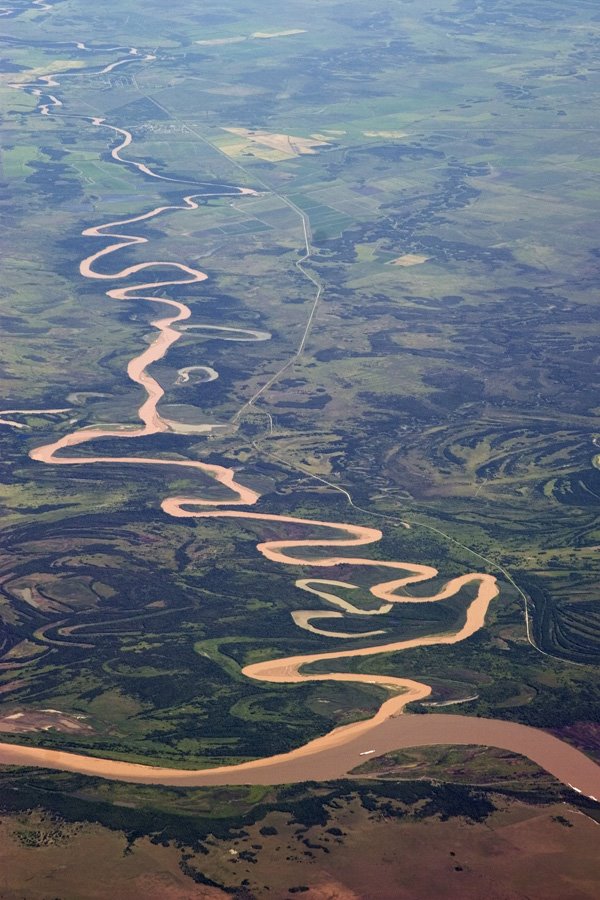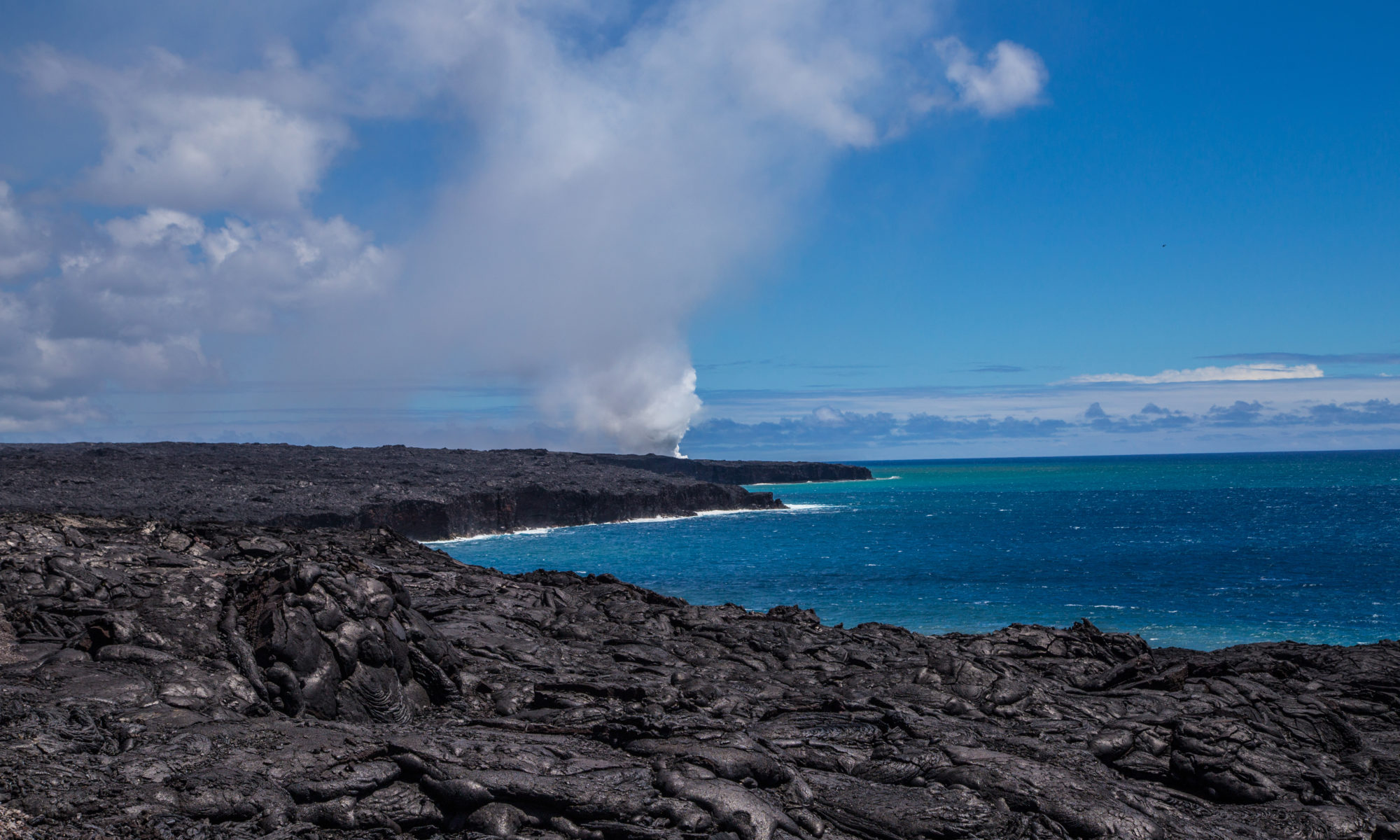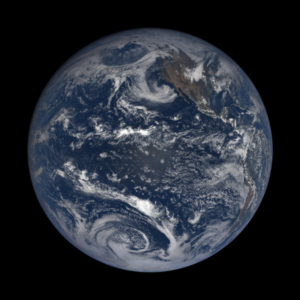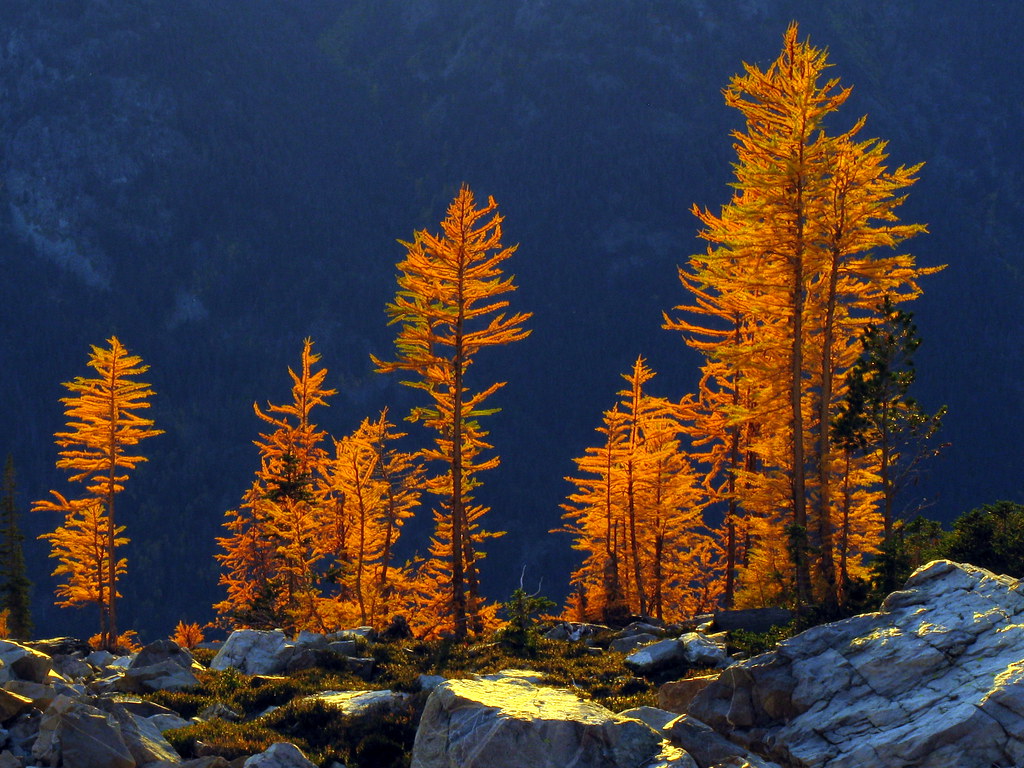Featured image: MODIS-Aqua image of the Qinghai-Tibet Plateau via NASA Earth Observatory, created by Jesse Allen.
Article: Ongoing drainage reorganization driven by rapid lake growths on the Tibetan Plateau
Authors: Kai Liu, Linghong Ke, Jida Wang, Ling Jiang, Keith S. Richards, Yongwei Sheng, Yunqiang Zhu, Chenyu Fan, Pengfei Zhan, Shuangxiao Luo, Jian Cheng, Tan Chen, Ronghua Ma, Qiuhua Liang, Austin Madson, Chunqiao Song
Whether we recognize it or not, the land surface around us is organized into watersheds or drainage basins–areas that share a common outlet for precipitation. On human timescales, drainage basins are typically fixed, because they are defined by the slopes and contours of topography that change very slowly or very infrequently. In the Tibetan Plateau, however, rapid climate change is altering drainage basins before our eyes. Recently, Liu and colleagues from China, the United States and the United Kingdom used satellite data to identify dramatic changes in drainage basins over a period of only 18 years.
Continue reading “Rapidly growing lakes are changing the drainage of the Tibetan Plateau”









